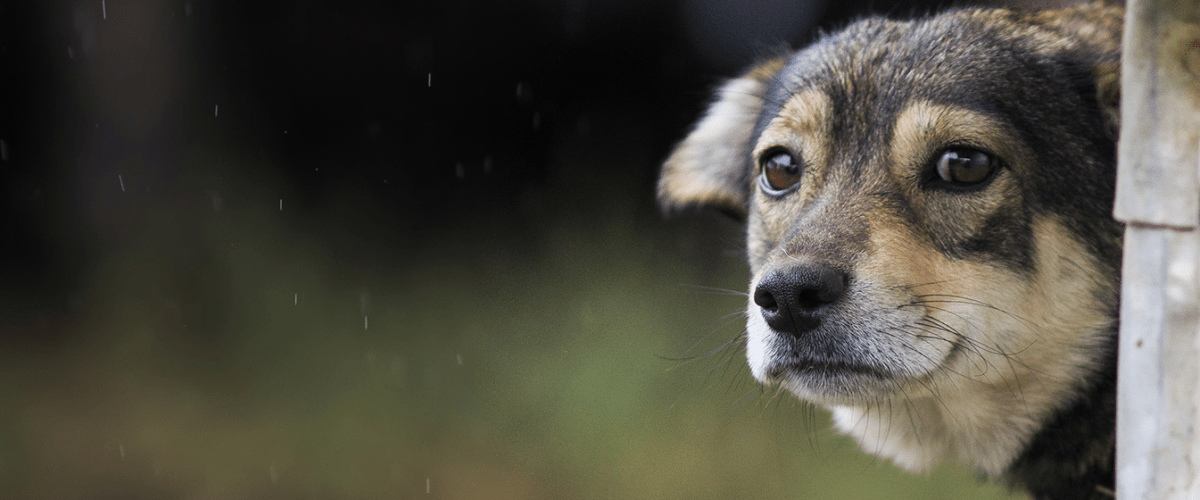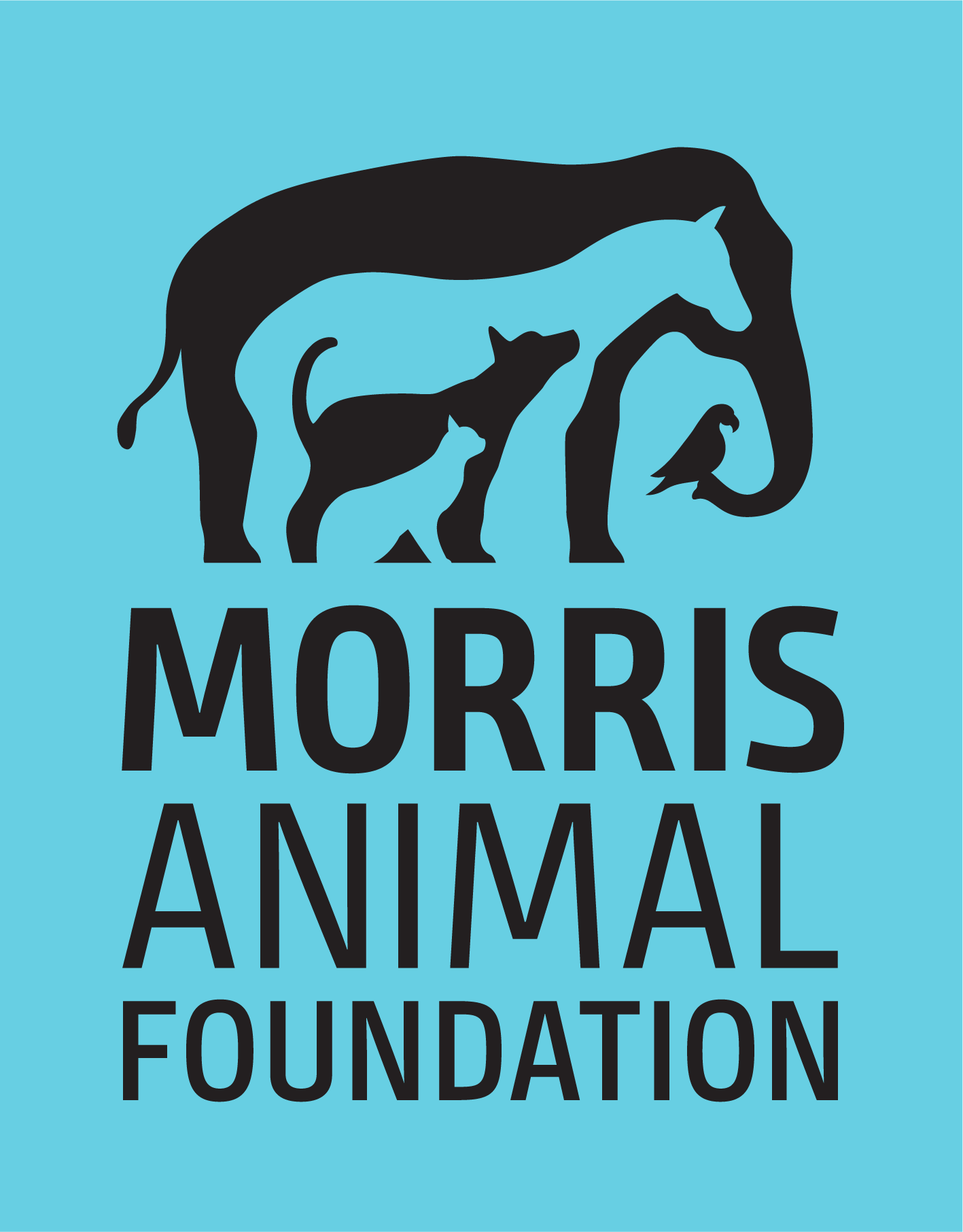
Updated August 10, 2023 – It's rare that a dog owner hasn’t had to deal with cleaning up a dog poop mess in the house. Apart from the occasional accident that happens during toilet training, or when we let a dog linger inside for too long, inappropriate defecation often is a sign of gut trouble. While it might be an uncomfortable topic, paying attention to your pooch’s indoor accidents can offer valuable insights for your veterinarian to diagnose and address potential health concerns.
A Tale of Big and Small
Veterinarians divide diarrhea into two broad categories based on where in the intestinal issue originates: the small bowel (small intestine) or large bowel (large intestine).
Small-Bowel Diarrhea:
- Large volume
- Generally watery
- Frequency of stool might or might not increase
- Associated with causes like intestinal viruses, intestinal parasites, dietary indiscretions and chronic enteropathy (inflammatory bowel disease)
Large-Bowel Diarrhea:
- Small volume
- Usually semi-formed or resembling cow-patties
- More frequent defecation accompanied by straining
- Often contains mucus
- Linked to stress colitis, fiber responsive diarrhea and intestinal parasites
Special Cases
In certain situations, a dog may exhibit characteristics of both small and large-bowel diarrhea. This occurs when a disease process involves both sections of the intestinal tract or when an issue in the small bowel triggers irritation in the large bowel.
Color Counts
Taking note of stool color is another important observation to report to your veterinarian. Stool color can be a clue if a dog ingested something unusual that is contributing to the loose stool. Noting if there are any foreign objects or unidentifiable debris in the stool is important to note.
- Greenish stool can indicate a dog's been eating grass, sometimes to try to soothe a stomachache, or it can suggest a gallbladder issue.
- Yellow or orange stool can be associated with a gallbladder or liver issue.
- Blood in the stool can be noted in both small and large-bowel diarrhea. Blood in the stool can take several forms ranging from digested blood (resulting black, tarry stools), to fresh streaks of blood mixed in the stool usually indicate a large-bowel problem or profound bloody diarrhea, which is common with parvovirus infections and hemorrhagic gastroenteritis.
One slight exception to the small bowel, large-bowel rule is in cases of exocrine pancreatic insufficiency. This condition occurs when the pancreas doesn’t make enzymes needed for nutrient digestion. This results in large volume, pale-colored, greasy and very smelly stools.
Concurrent vomiting is more common with small intestinal diseases, although some studies suggest that vomiting occurs in 30% of dogs suffering from large-bowel problems.
If your dog has diarrhea, call your family veterinarian for guidance. In many cases, the loose stools will resolve without treatment. Your family veterinarian is the best person to help decide if and when further diagnostics or treatment is needed.
What We're Doing to Find Answers to Gut Problems Affecting Dogs
Morris Animal Foundation has funded more than 50 studies and invested $1.2 million dollars in studies focused on gastrointestinal tract problems. We were instrumental in funding the groundwork for the development of the first parvovirus vaccine, and we funded studies on new diagnostic tests for exocrine pancreatic insufficiency. We’re on the cutting edge of gastrointestinal research, from the use of probiotics to studies looking at the gut microbiome, the millions of microorganisms – some good, some bad – that live in your intestinal tract.
Check out all our studies and learn how you can help our dogs live longer, healthier lives.
Resources
- Dogs, Water and Waterborne Diseases - A Summer Tradition
- What Dog Owners Need to Know About Parvovirus
- Episode 40: The Amazing Science of Fecal Microbial Transplantation
- Episode 32: Everything You Wanted to Know About Fiber But Were Afraid to Ask




